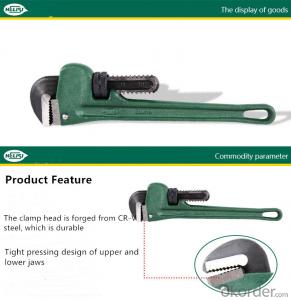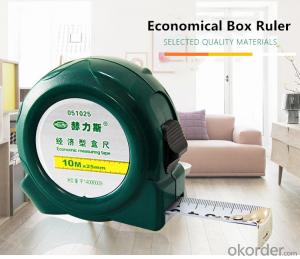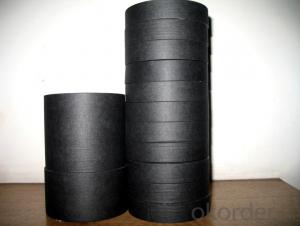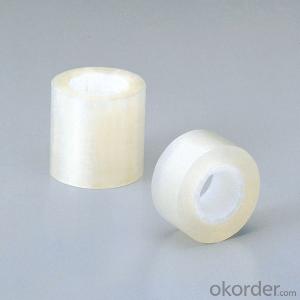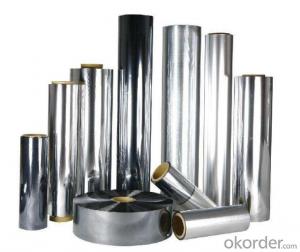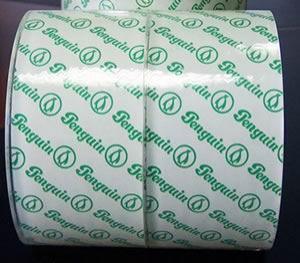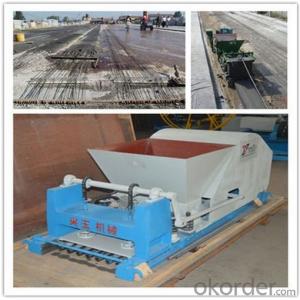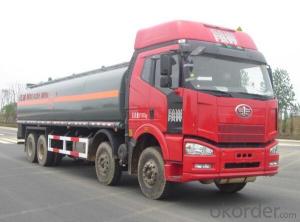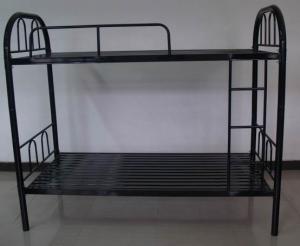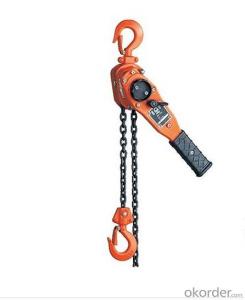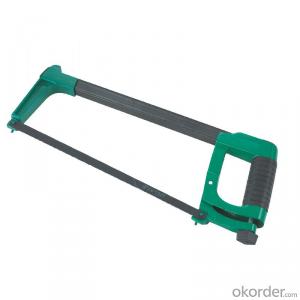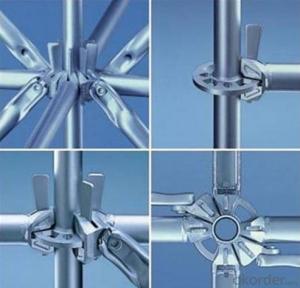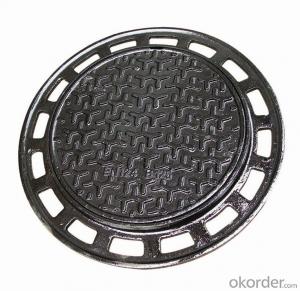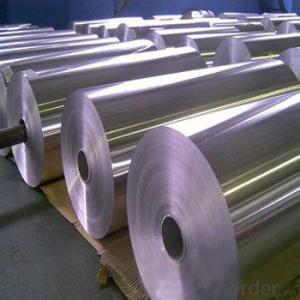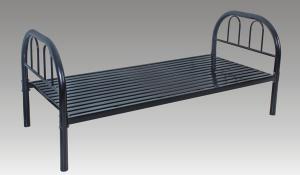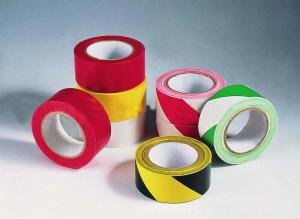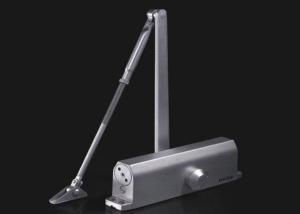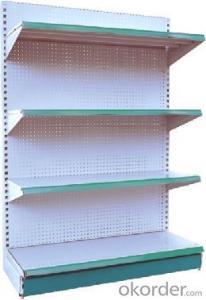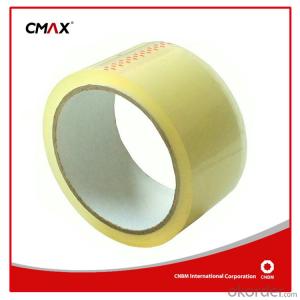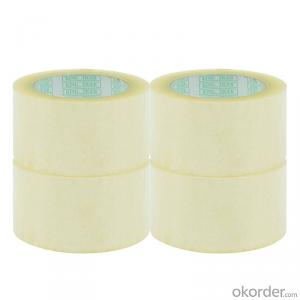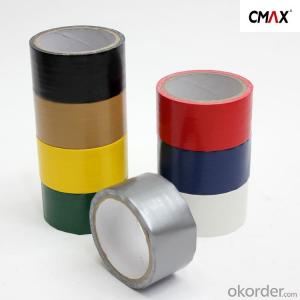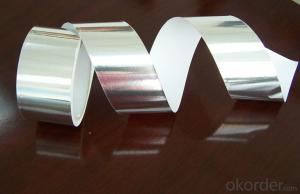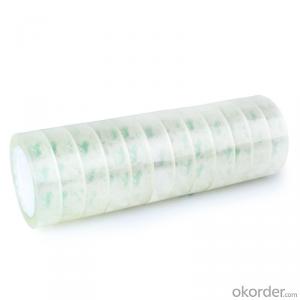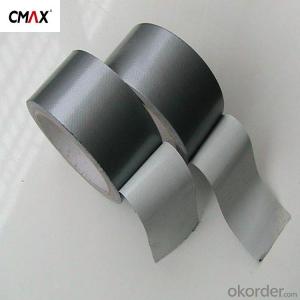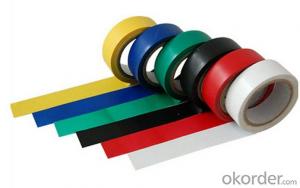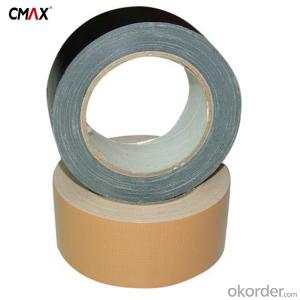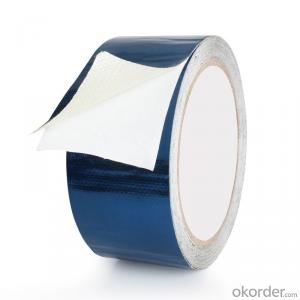Heavy Duty Packaging Tape
Heavy Duty Packaging Tape Related Searches
Heavy Duty Mounting Tape Heavy Duty Shipping Tape Packaging TapeHot Searches
Heavy Duty Plastic Chairs For Sale Heavy Duty Scaffolding For Sale ppr pipe manufacturers in saudi arabia Wholesale UPVC Pipe Price Philippines Wholesale Wrench Price Philippines polypropylene pipe specifications Inverter Size For Solar System Solar Panel Inverter Size Cost Of Drywall Per Sheet Large Size Aluminum Foil Aluminum Foil Market Size Solar Inverter Market Size Solar Inverter Size Chart Solar Inverter Size 1 2 Inch Type X Drywall Cost Of Drywall 1 2 Type X Drywall Geomembrane Market Size Geogrid Aperture Size Drywall Corner Bead TypesHeavy Duty Packaging Tape Supplier & Manufacturer from China
Okorder.com is a professional Heavy Duty Packaging Tape supplier & manufacturer, offers integrated one-stop services including real-time quoting and online cargo tracking. We are funded by CNBM Group, a Fortune 500 enterprise and the largest Heavy Duty Packaging Tape firm in China.Hot Products
FAQ
- Indeed, ceramic items can be sealed using packaging tape. The strength and durability inherent in packaging tape render it a fitting choice for securing and sealing diverse materials, ceramics included. However, it is crucial to bear in mind that packaging tape may not deliver the same degree of protection as specialized ceramic sealants or adhesives. To attain a more reliable and enduring seal, it is advisable to employ a ceramic-specific adhesive or sealant that is specifically engineered to endure the distinctive attributes of ceramics, such as fluctuations in temperature or exposure to moisture.
- How many tapes do you need to make a tape? How do you calculate a mother roll and how many tapes do you make?To make a tape, you need a roll,1, how to calculate a mother roll, how many tapes do?2, now the mother rolls have what specifications?3. How much is the mother volume now?4, how do you calculate the profit of a roll of tape?
- 3. The mother rolls of different factories have different prices. You ask, that's how much beef is now. You don't know where to supply and where to sell4, that is, the price you sell, minus your cost price. This is a bit of a pupil's problem
- To prevent packaging tape from becoming brittle, make sure to store it in a cool, dry place away from direct sunlight. Exposure to extreme temperatures and humidity can cause the adhesive to deteriorate, leading to brittleness. Additionally, avoid overstretching or pulling on the tape too tightly during application, as this can weaken its structure. Finally, using a high-quality tape that is specifically designed for packaging purposes can also help prevent brittleness.
- Yes, packaging tape can be used for sealing packages with fragile artwork or sculptures. However, it is recommended to use additional protective materials such as bubble wrap or foam to provide cushioning and ensure the safe transportation of delicate items.
- Yes, packaging tape is generally resistant to chemicals or solvents. Most packaging tapes are made from materials such as polypropylene or polyvinyl chloride (PVC) which have good chemical resistance properties. These materials are designed to withstand exposure to a wide range of chemicals and solvents commonly encountered in industrial or commercial environments. However, it is important to note that the specific resistance of packaging tape can vary depending on the brand, type, and quality of the tape. Therefore, it is always recommended to check the product specifications or consult the manufacturer for detailed information on the chemical resistance of a specific tape.
- Packaging tape is generally safe to use on painted surfaces, but there are a few factors to consider. Firstly, it is important to ensure that the paint is fully cured before applying any tape. This typically takes around 30 days, depending on the type of paint used. Applying tape to fresh or uncured paint can cause damage when the tape is removed. Secondly, the type of tape used can also make a difference. Most packaging tapes are designed to be easily removable without leaving residue or causing damage to surfaces. However, some low-quality tapes or tapes with strong adhesives may leave behind sticky residue or even peel off the paint when removed. It is recommended to use high-quality packaging tape that is specifically labeled as safe for painted surfaces. To be on the safe side, it is always a good idea to test the tape on a small, inconspicuous area of the painted surface before applying it extensively. This will help you ensure that the tape does not cause any damage or leave residue behind. If there are any concerns, it is advisable to consult the manufacturer's instructions or seek professional advice. Overall, when used properly and on fully cured paint, packaging tape should be safe to use on painted surfaces. However, it is important to exercise caution and choose the right tape to prevent any potential damage.
- Packaging tape commonly utilizes two types of adhesives: acrylic and hot melt. These adhesives possess distinct characteristics that set them apart. A significant disparity lies in their bonding strength. Hot melt adhesive boasts exceptional bonding strength, making it ideal for heavy-duty applications. It creates a robust and durable bond that can withstand rigorous handling and varying temperatures. Conversely, acrylic adhesive typically offers a lower level of bonding strength in comparison. While still suitable for most general packaging requirements, it may not be the best choice for heavy or bulky items. Another distinction can be found in the application process. Hot melt adhesive is applied in a molten state and solidifies once cooled. Typically, it is dispensed using a hot melt glue gun or applicator. The quick setting time of hot melt adhesive allows for swift packaging operations, making it popular in high-volume settings. On the other hand, acrylic adhesive is applied in a liquid form and requires some time to cure and establish a strong bond. It can be applied using a hand dispenser or tape gun, and optimal adhesion often necessitates some pressure. Moreover, hot melt adhesive demonstrates excellent adhesion to a wide array of surfaces, including cardboard, plastics, and metals. Its versatility allows for usage with various packaging materials. While acrylic adhesive also adheres well to different surfaces, it may not exhibit the same level of compatibility with certain low-energy surfaces, such as polyethylene or polypropylene. Furthermore, temperature resistance is an essential factor to consider. Hot melt adhesive performs admirably in both high and low temperatures, maintaining its bonding strength. It can endure freezing temperatures and heat without compromising its adhesive properties. Acrylic adhesive, while generally offering good temperature resistance, may not be as effective in extreme conditions, particularly at very high or low temperatures. In conclusion, the primary disparities between acrylic and hot melt adhesives for packaging tape lie in bonding strength, the application process, surface compatibility, and temperature resistance. While hot melt adhesive provides superior bonding strength, rapid setting time, and excellent temperature resistance, acrylic adhesive offers versatility, ease of application, and good adhesion to most surfaces. The choice between the two depends on specific packaging needs, materials used, and environmental conditions.
- How does the tape used for packing the finished product in the workshop be accounted for?
- That's what you have learned in the package: low value, consumable goods are not available at all, so it's OK to write the package.
